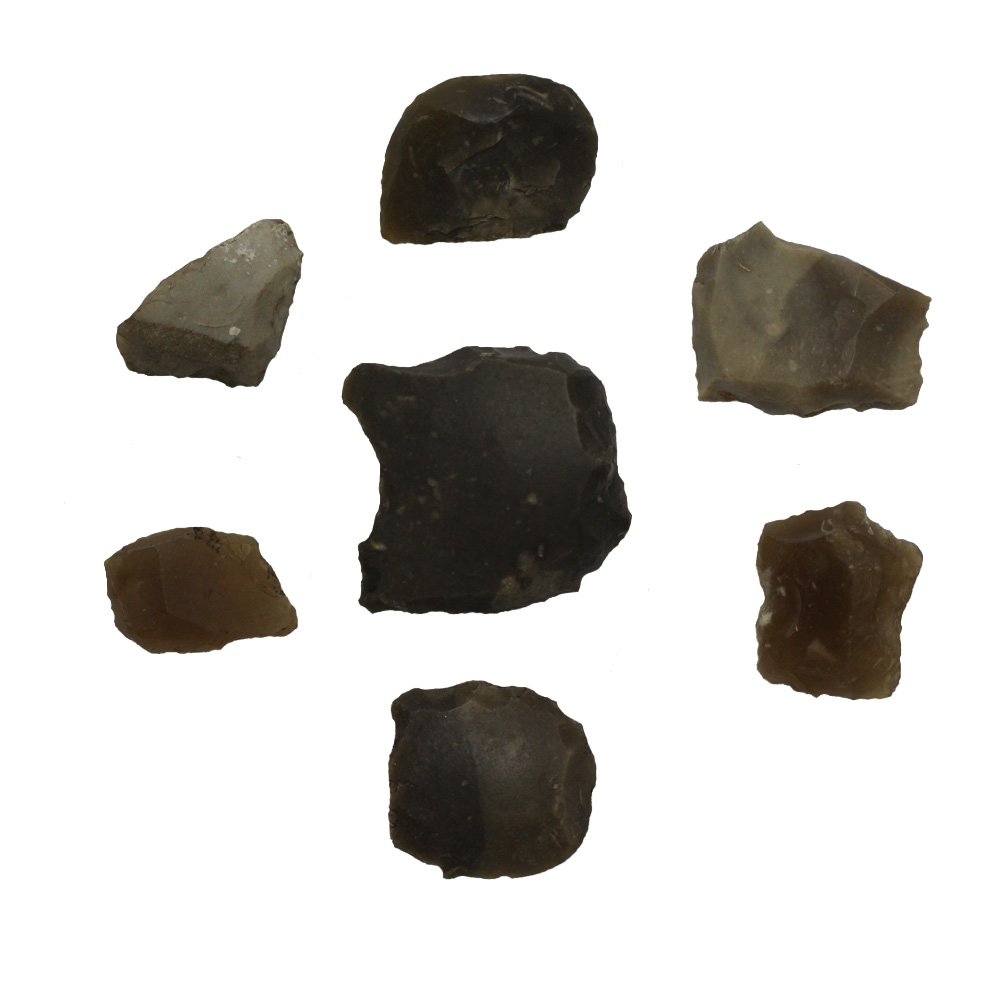Culmination of Iroquoian Wars: Sainte Marie I Destruction
The 1630s and 1640s were disastrous times for the Wendat. In 1634, measles spread throughout the Attignawantan (Bear) villages during winter. This was followed by an epidemic of influenza in early September of 1636, which persisted until spring 1637. It is estimated that by 1637, Wendat and Tionontaté populations had dwindled to 23,000 people.
Later in the autumn of 1639, an epidemic of smallpox ravaged the Wendat and Tionontaté reducing their population even further to 10,000–12,000. Many villages were abandoned because they now had an insufficient number of residents — Ossossané was relocated even though the village was only five years old!
Early Wendake (Huronia) (Closed captions available in EN and FR) – View the video with a transcript (EN)
Over the next ten years, the Wendat were attacked repeatedly by the Haudenosaunee, their traditional enemies, leaving only 15 villages remaining at the beginning of the dispersal period in 1649. In December of 1649, about 2,000 Ossossané villagers and a mixed group of other Wendat fled to the Tionontaté. Their main fortified village of Etharita was destroyed, and about 1,000 people were forced to travel to Haudenosaunee country while another 500–1,000 Wendat-Tionontaté fled to settle on Gahoendoe (Christian Island).
In 1648 and 1649, three villages near to the mission of Sainte-Marie fell to the Haudenosaunee. These were Teanaustayé (St. Joseph), Teanaostataé (St. Louis), and Taenhatentaron (St. Ignace), the latter being the site where Jesuits Jean de Brébeuf and Gabriel Lalemant were killed. Their remains were recovered by the Jesuits and reburied at Ste. Marie I.

A vast collection of gun flint were found on Ste Marie I and Ste. Marie II, especially surrounding the Fort.
Many remaining Wendat refugees, mainly Christian converts, fled to Gahoendoe in the spring of 1649. The Jesuits and the Wendat who inhabited the Sainte-Marie mission arrived soon after. While the exact number is unknown, it is likely a few thousand people fled to the island.
The remains of Jean de Brébeuf and Gabriel Lalemant were exhumed, rendered to bones, placed in a chest, and taken to Sainte Marie II and eventually Quebec. Sainte Marie I was then burned by the Jesuits to prevent it being used by the Haudenosaunee or the Dutch as a trading post.

